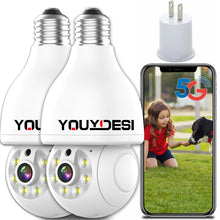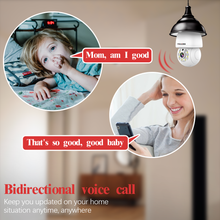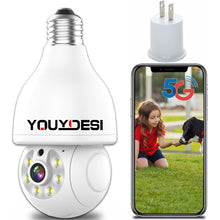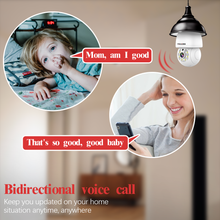The technical team at Ling Chengxin Electronics has previously published an article on this very topic, offering installation methods for security surveillance devices:
1. In environments with strong electromagnetic interference, surveillance camera installations should incorporate ground insulation to mitigate such interference.
2. Ensuring the surveillance camera's installation height is essential. For indoor settings, it should not be less than 2.5 meters above the ground, and for outdoor locations, it should not be less than 3.5 meters.
3. In elevators, surveillance cameras should be positioned above the elevator door to effectively monitor passengers' facial features inside the elevator.
4. Surveillance camera and its associated components, such as lenses, camera housings, brackets, and rain shields, should be installed securely and operate flexibly. Attention must be given to preventing tampering, ensuring that the installation blends seamlessly with the surrounding environment.
5. Signal and power lines should be separately routed, and any exposed sections should be protected with flexible conduits while not impeding the movement of pan-tilt-zoom devices.
Installation of Surveillance Camera Control Equipment:
1. Cables within the control room should be organized neatly with cable trays and entry holes positioned according to equipment installation requirements. They should be systematically bundled, labeled, and permanently marked.
2. Installation positions for control consoles and equipment racks should align with the design specifications. They must be securely and stably installed to facilitate operational and maintenance tasks. The back and side clearance of equipment racks from the wall should meet maintenance requirements.
3. Installation of control devices for surveillance cameras, including control, display, recording, and other terminal equipment, should ensure stable placement and ease of operation. For monitors and screens, precautions should be taken to avoid direct exposure to external light sources. In cases where this is unavoidable, measures to reduce glare should be implemented. Equipment installed within control consoles and racks should incorporate ventilation and cooling measures, and internal connectors should be secure.
In the realm of indoor/outdoor home security, wireless cameras, and light bulb cameras, addressing surveillance blind spots through proper installation is paramount to enhance security and effectiveness.










